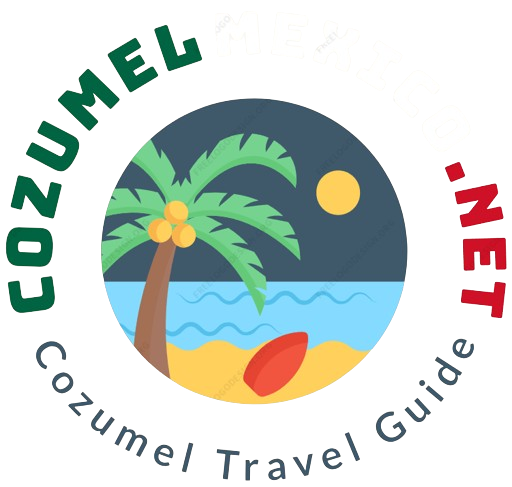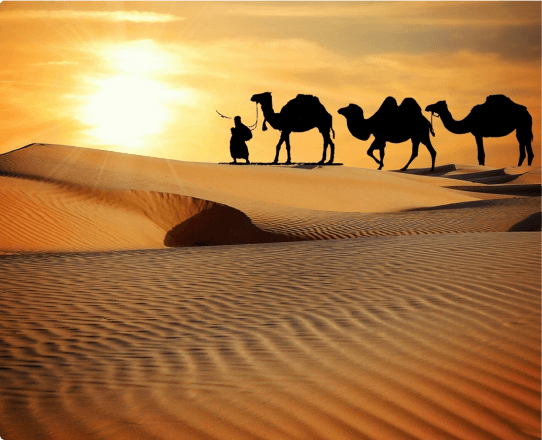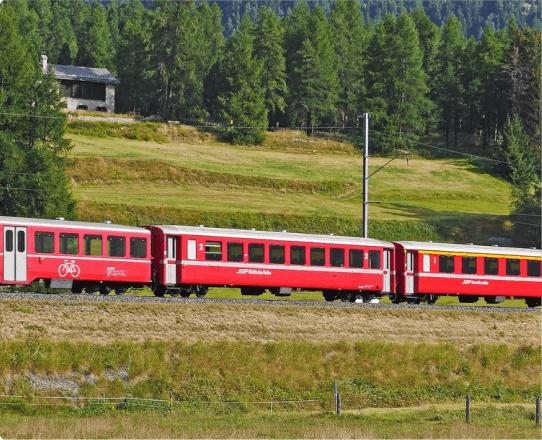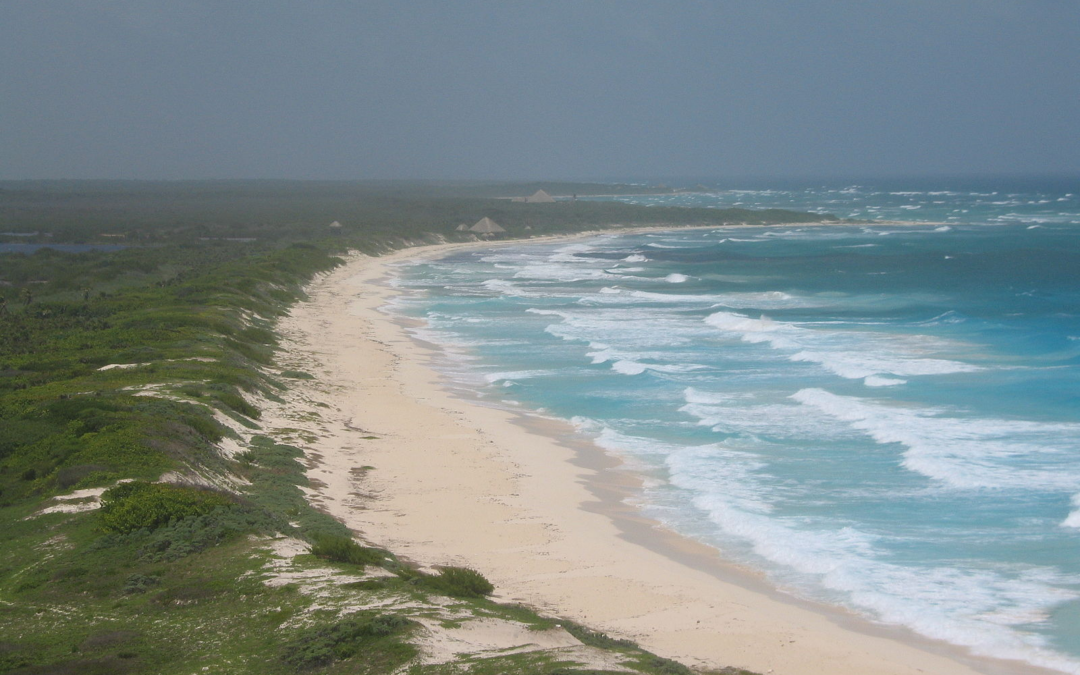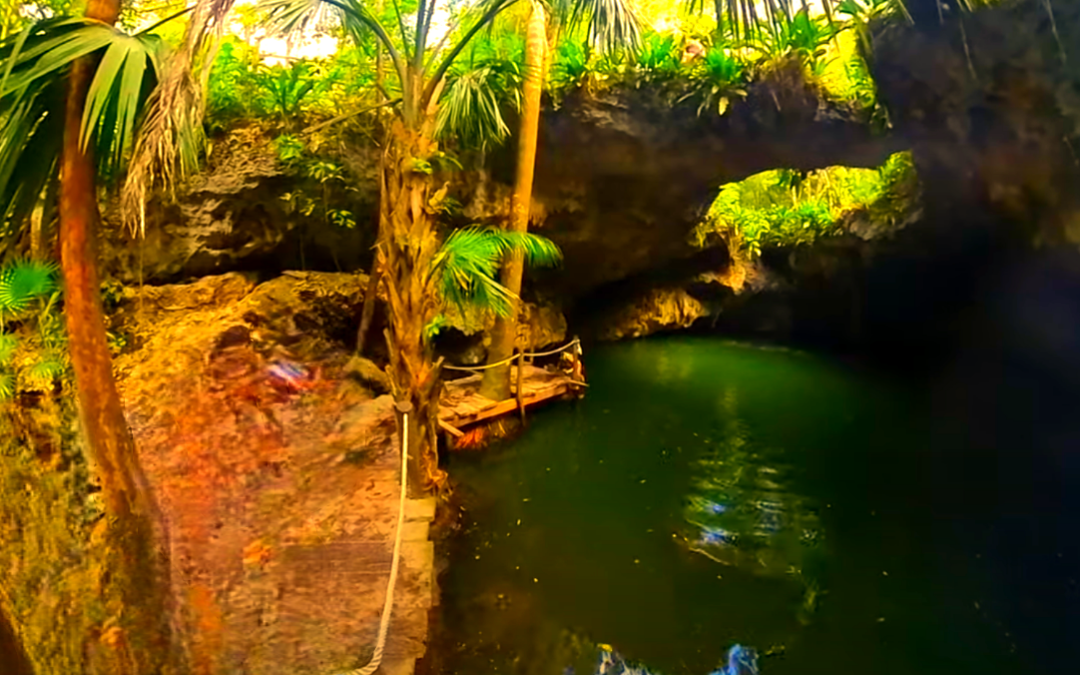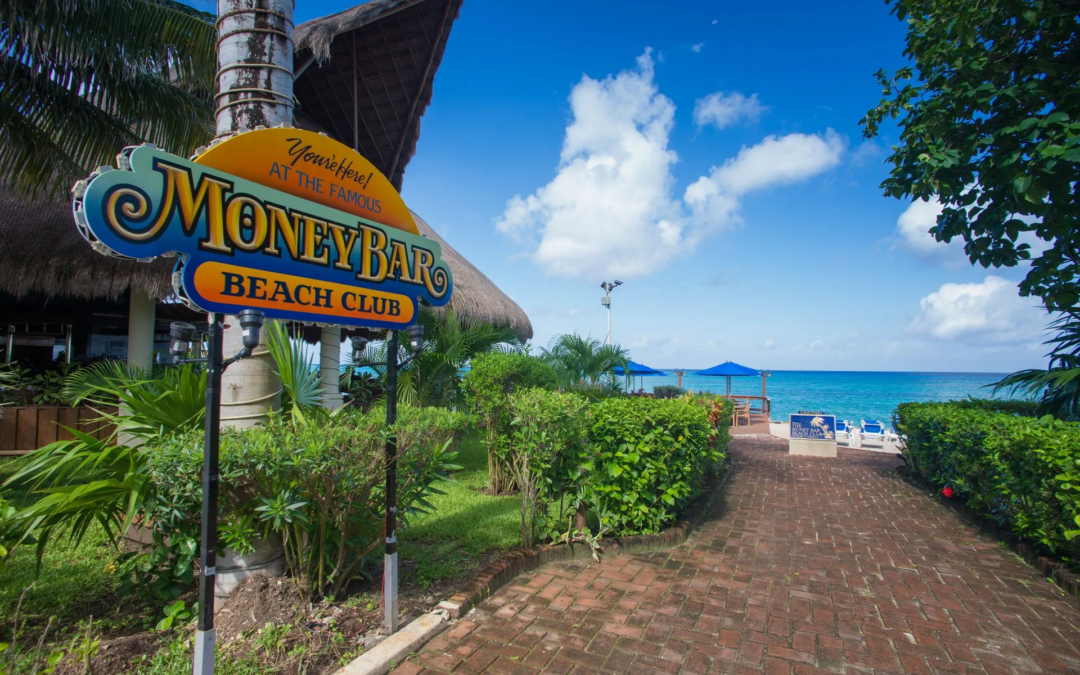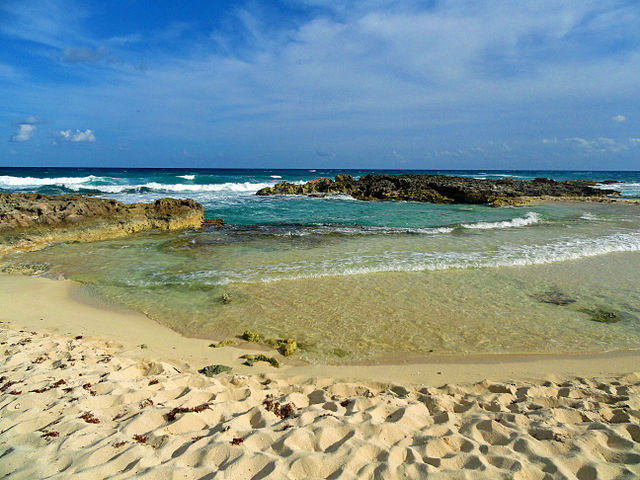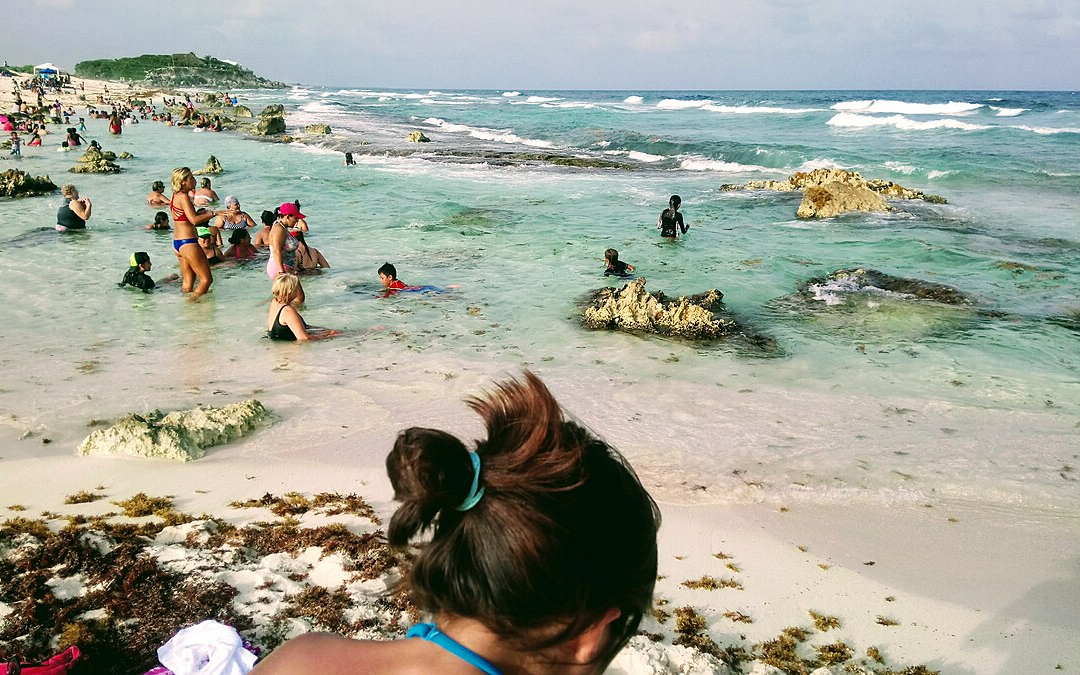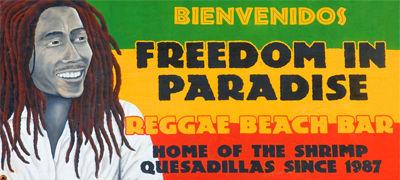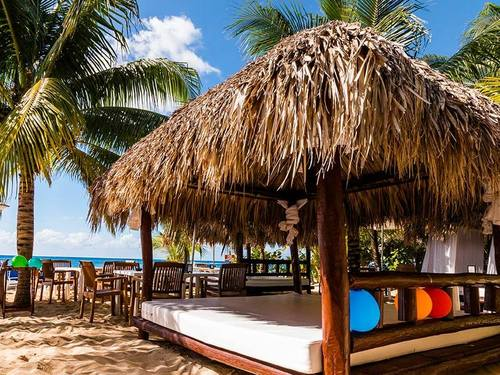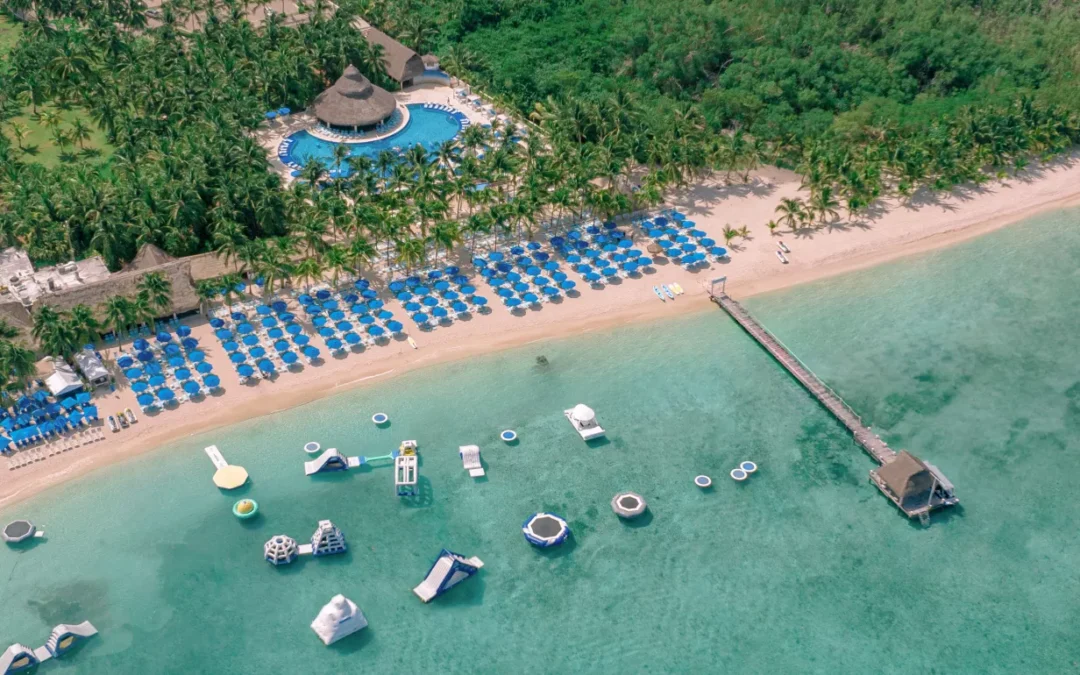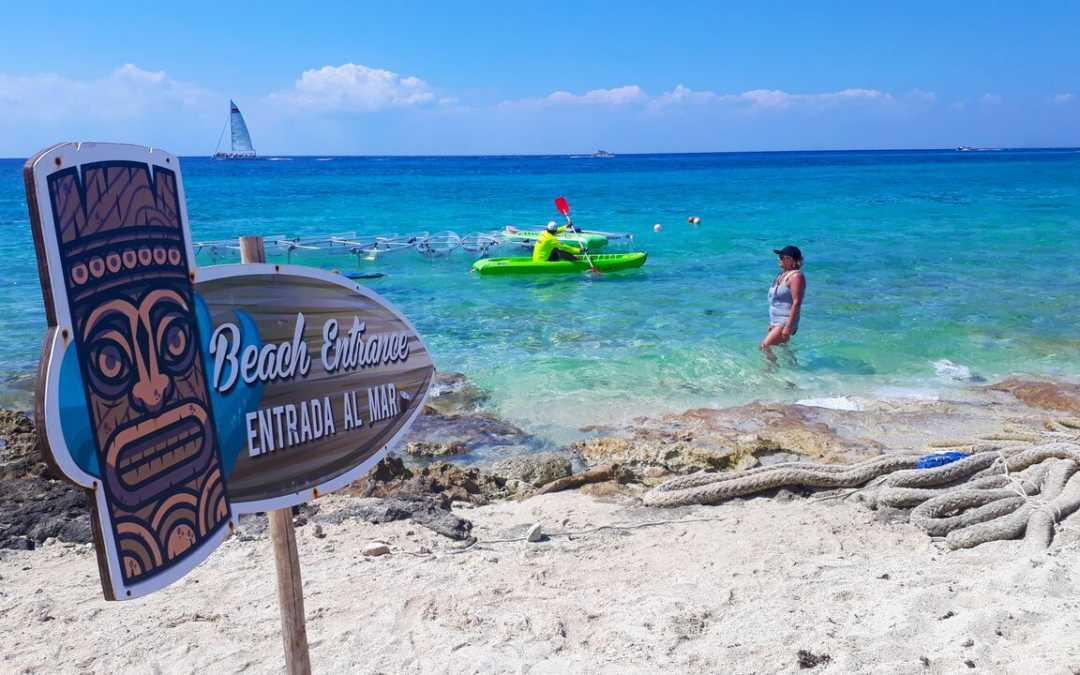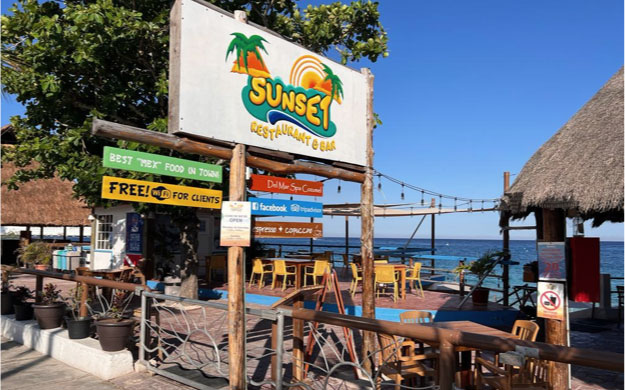El Caracol, situated within the lush Punta Sur ecological reserve on Cozumel Island, stands as a testament to the architectural tenacity and astronomical knowledge of the ancient Maya. As a visitor, I’m always intrigued by this historical marvel that dates back to between the 13th and 15th centuries. This archaeological site, known for its diminutive size relative to other Mayan ruins, was named for the spiral-shaped shells embedded within its walls, which were believed to be used as an early warning system for hurricanes.
When I explore the ruins of El Caracol, it’s fascinating to imagine how the ancient Mayans might have lived and used this structure. I can’t help but be impressed by the precision with which they were able to forecast weather events long before modern technology made such feats commonplace. El Caracol, also known as Zona Arqueológica El Caracol, may be less famous than some of its Mayan counterparts, but it offers a glimpse into a unique aspect of Mayan cultural heritage.
- El Caracol is a significant Mayan archaeological site within Cozumel’s Punta Sur reserve.
- The site’s unique structure served as a meteorological tool for predicting hurricanes.
- Visiting El Caracol allows for a deeper appreciation of ancient Mayan civilization.
Exploring El Caracol
Nestled in the Punta Sur Eco Park, El Caracol is an ancient Mayan site that offers an intriguing blend of historical significance and natural splendor. As a visitor, I find it’s a place where the legacy of the Mayans intersects with the diverse ecosystem of Cozumel.
Historical Significance
The name El Caracol, which translates to “the snail” in Spanish, is derived from the spiral-shaped shells found within the structure believed to have been used to warn of approaching hurricanes. Built between the 13th and 15th centuries, these ruins have survived the test of time. It’s an intimate testament to the complex Mayan civilization that once thrived here to the south of Cozumel.
Archaeological Features
El Caracol consists of various remnants of temple-like structures adorned with stucco art and remnants of vibrant colors. Some of the most captivating features are the rooms thought to have been used for astronomical observations. The architecture clearly reflects the Mayans’ advanced understanding of the cosmos.
Visiting El Caracol
Getting to El Caracol typically involves a journey through the Punta Sur Eco Park. I can choose to take a sightseeing tour, embark on a jeep adventure, or simply hire a taxi. There is an entrance fee to access the Eco Park, but it encompasses both the natural and historical experiences. Walking amidst these ruins, the sense of history is palpable.
Flora and Fauna
The Eco Park, the natural habitat surrounding El Caracol, is teeming with life. It’s a sanctuary for crocodiles, exotic birds, and sea turtles. Throughout my visit, I bask in the rich tapestry of biodiversity that makes this place not just an archaeological wonder but also an ecological treasure. The juxtaposition of the east and west sides of the Eco Park, with the varied landscapes and wildlife, enhances the allure of this historical landmark.
Cozumel Highlights
Cozumel offers a blend of natural beauty, cultural richness, and exciting activities. I’m excited to share some of the top highlights across these categories that make this island a wonderful destination.
Natural Attractions
In Cozumel, I find Punta Sur Eco Beach Park to be a standout nature preserve featuring diverse ecosystems including beaches, lagoons, and coral reefs. Here, the beach offers powdery sand and clear waters, while the lagoon is a sanctuary for local wildlife. Also, not to be missed is Chankanaab Adventure Beach Park with its lush gardens and underwater sculptures, situated about 9 miles (or roughly 14 kilometers) from San Miguel de Cozumel.
Cultural and Historical Sites
The island is dotted with historical sites that provide a glimpse into the Mayan culture. San Gervasio is the largest and most significant archaeological zone, believed to be a sacred Mayan site. El Cedral is another small yet significant village with historical remnants. Both sites offer insight into the island’s rich past and Mayan heritage.
Recreational Activities
For me, recreational opportunities abound in Cozumel. At Playa Uvas Beach Club and Mr. Sancho’s Beach Club, one can enjoy water sports and relaxation by the shore. Diving enthusiasts like me are drawn to Paradise Reef for its vibrant marine life. Several cruise ships dock at the Cozumel Cruise Port, offering passengers a variety of exciting shore excursions.
Access and Amenities
Accessibility is straightforward, with San Miguel de Cozumel serving as the island’s hub, containing the Cozumel Museum and the charming Plaza Del Sol. The Discover Mexico Park provides a cultural overview of Mexico’s rich history and is just a short distance from the cruise port. To reach the center from the cruise port, it’s a brief trip of about 2 miles (3.2 kilometers), ensuring easy access for a day of exploration.
